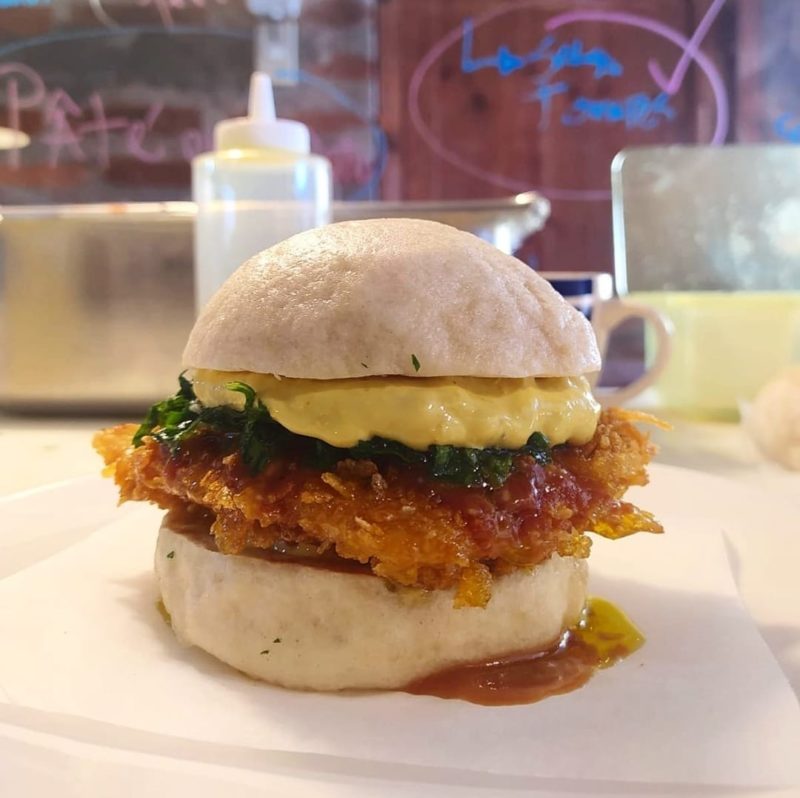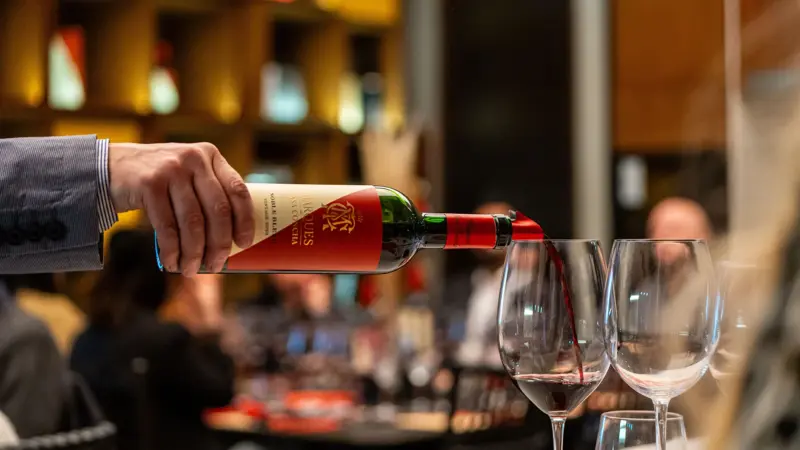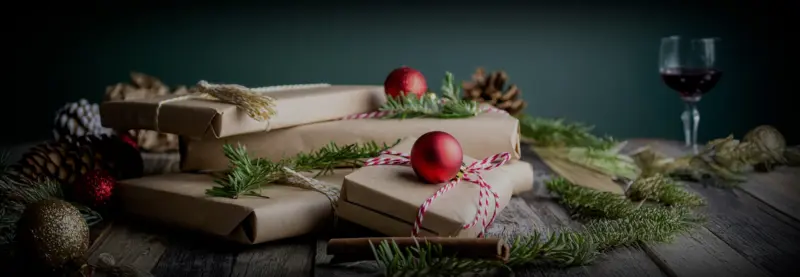We spoke with Gustavo Moreno, chef-owner of Mareal, in Pichilemu, about his cuisine and the noble products that identify Chilean gastronomy and that he likes to include on his menu.
“For me, noble foods are those that the people have a relationship with and whose value can be appreciated on any table, whether in a diner, a trendy restaurant, or an upscale fine dining establishment,” says chef Gustavo Moreno.
Moreno is both chef and owner of Mareal, a signature restaurant that aims to showcase local products, especially those from the sea. Most of his ingredients are gathered in the Pichilemu area, where his restaurant has been located since 2019. “We in Chile identify with having a ton of wild foods that don’t exist elsewhere, such as the pink tomato from Maule and mushrooms such as the changle (Ramaria flava),” he comments.

Bao burger – Mareal
I feel that all the ingredients that we can obtain from the sea through harvesting and artisanal fishing have enormous value,” he says. “Here in Pichilemu, for example, the people who live along the coast appreciate piure (Pyura chilensis) and certain fish such as sea bass, sole, mullet, and mackerel. Every fish has a use, and we learn about them from the fishermen themselves. For example, mackerel is the best grilled fish you can eat, and the best fish for soup is the pejesapo (Sicyases sanguineus). For me, they are all noble ingredients,” he explains.
Sea Bass and Sea Lettuce
Sea bass and sea lettuce are two very noble products that Gustavo loves to incorporate into his menus. “Sea bass is very important in this area because everyone fishes here, and it’s one of my favorites because it works for everything. When sea bass is available (it’s out of season until December), we serve it as part of our Bao Burger, a sandwich made with a steamed bun and cornflake-breaded sea bass with hoisin and chimichurri. This dish offers sweet, sour, and salty counterparts along with umami and needs a wine with light tannins and great acidity, such as a pinot noir. The Marques de Casa Concha Pinot Noir, with its polished texture and remarkable structure, is a fine and delicate wine that works very well in fried dishes such as this one.
Gustavo also uses other techniques to prepare sea bass. “I like to cure fish. For tiraditos, we cold-cure it for 12 days using the dry-aged technique that tenderizes the tissues and results in incredible meat that melts in your mouth. It’s wonderful. We prepare our dry-aged sea bass tiradito with Indian chilies and ginger,” he explains. This is a dish that pairs beautifully with a wine like the Marques de Casa Concha Edición Limitada Chardonnay from the Bío Bío Valley, thanks to its vitality, its fatty notes, and its long and vibrant finish.
Mareal, which will open in a new location in the center of Pichilemu in November, offers a set menu as well as other dishes that vary according to the availability of the products, although thanks to the pickling technique, sea lettuce is usually available. “It’s super versatile—when you cook it, it’s very similar to a vegetable and tastes more like swiss chard or spinach than algae. The texture is very firm, and it doesn’t have much flavor if you eat it raw. But cooking or pickling it intensifies the flavor, and it’s totally different,” Gonzalo concludes.
Mareal uses pickled sea lettuce in its Sea bass on toast with Kewpie mayo, yellow chili, and pickled algae, a dish that the chef recommends pairing with the Marqués de Casa Concha Rosé Cinsault. This mineral notes, freshness, and delicacy of this rosé from the Itata Valley works perfectly with seafood dishes.




